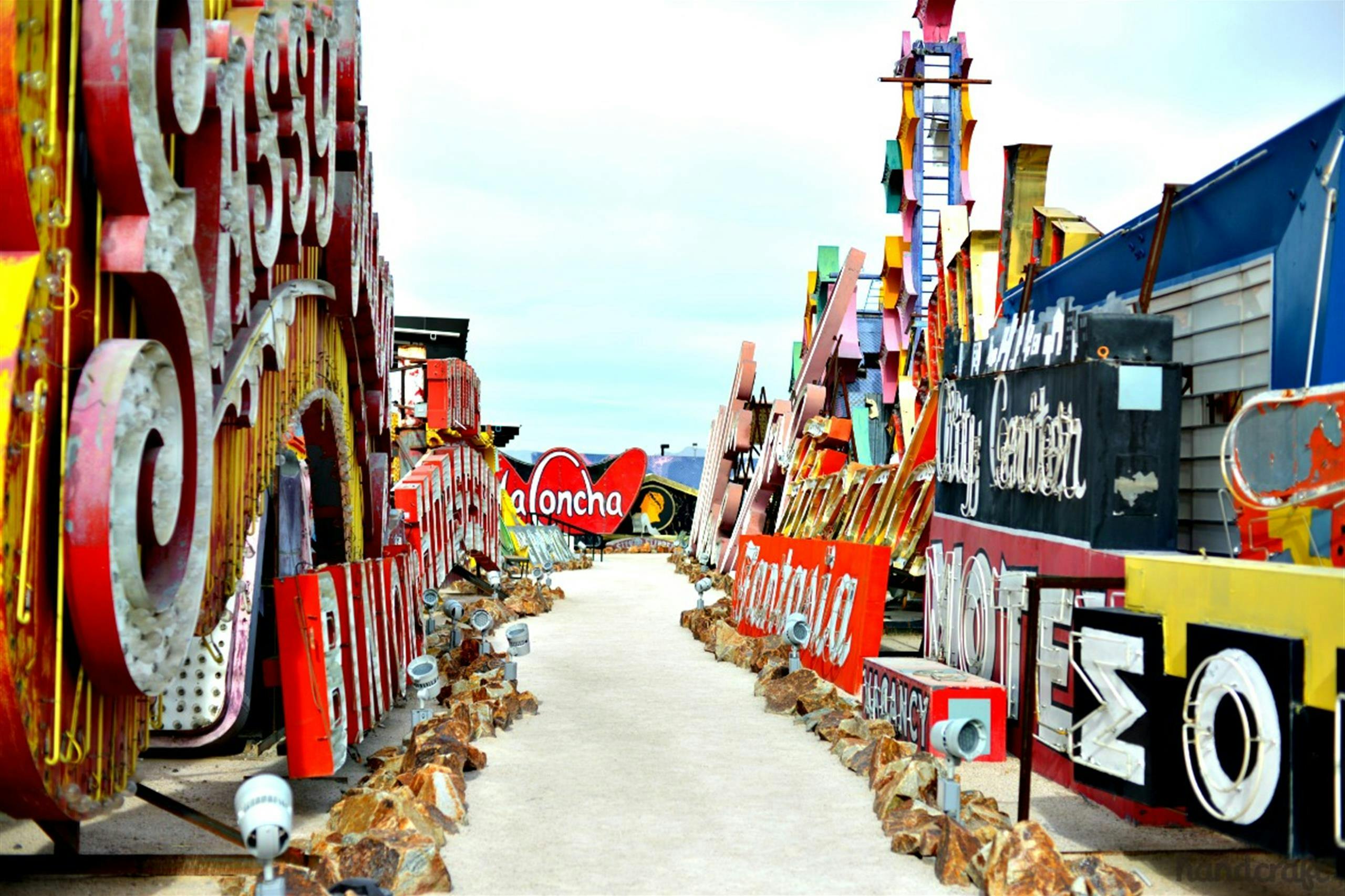ILLUMINATED NEON SIGNS: ARTISTIC ADVERTISING
What happens in Las Vegas stays in Las Vegas. The declaration of intent made famous by so many Hollywood films also applies in the world of illuminated signs. Yes, because the most beautiful and brilliant advertising signs that from the 1930s to the 1980s wrote the history of the capital of stars and stripes entertainment, are now enjoying a new life in a museum dedicated to them.
The Neon Sign Museum and Boneyard, in fact, houses the 150 most representative neon illuminated signs in the history of Las Vegas: from the giant sign that stood on the façade of the Stardust Hotel to the writing that attracted the attention of passers-by in front of the Moulin Rouge casino, up to the brilliant Golden Nugget belonging to a famous gambling house.
The first sign with neon bulbs was installed in 1929 at the Oasis Cafe Fremont Street. Since then, for fifty years, dozens and dozens of other signs proliferated, illuminating the crazy and unbridled nights of the Nevada city.
Since the 1990s the advent of new technologies, in particular LEDs, has slowly retired neon signs, full of retro charm, but lacking the energy efficiency and low maintenance costs of the new technology.
This open-air museum of great historical interest certifies the artistic value of the old neon signs. Wandering among the signs of discos, strip clubs and various advertisements is like taking a dip in the past.
In Italy, the history of neon illuminated sign, which began in the 1930s. Although the trend was launched on a large scale by the historic Cinzano brand, one of the first ever is made by Eliosneon, a company born as the advertising branch of the historical Soffieria Monti, specialised in scientific glass blowing.
